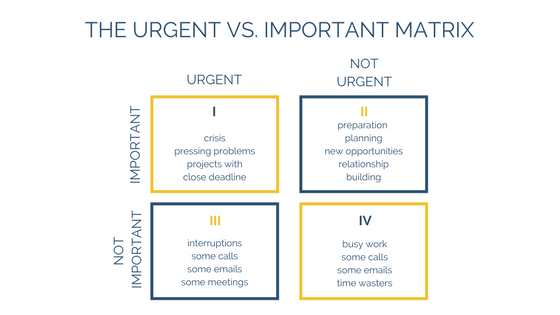Apologies for lateness - I've prepared a brief outline my plan to help learner plan and monitor. See My Plan
I generally teach / facilitate shorter courses or linked workshops. So my focus is on providing a structure for my learners that they can apply to any assignment. I take time to have learners work individually to identify their personal goals / intended outcomes for an assignment (nice to have something concrete to learn) - this gets them thinking not only about what they want to do but what is required or expected. Then I split them into small groups or pairs to set priorities and identify some steps they need to take to get the ball rolling. The final preparation step is to make their intentions visible (to themselves and peers or instructor) - they actually map and schedule their plan (when I can I have them do this on a board (if online I've used Padlet, Linoit or ZohoShow (and for those who have privacy concerns - Draw.io - open source and can save to your desktop) and linked it into the online course space.
In the past I've encouraged learners to explore the Pomodoro technique as it's easy to grasp and implement for productive learning sessions. But, it's not for everyone. I'd appreciate some suggestions as to different ways to help students monitor their progress - visibly. I also think I need to build in more group debriefings (hard when the time I have with learners is short !) to help them stay on track or see where they might be avoiding parts of their planning that is uncomfortable or difficult.
Thanks!
